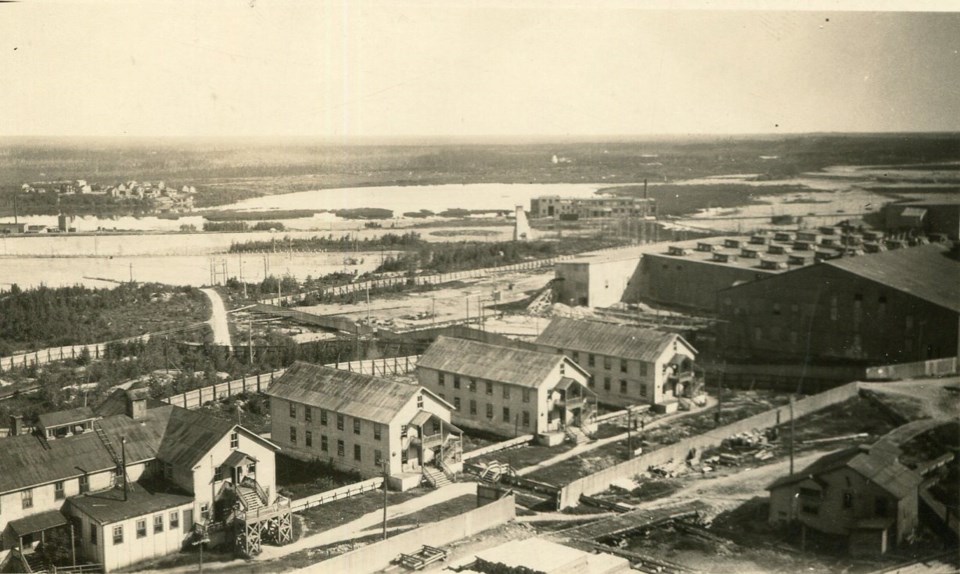From the Timmins Museum: National Exhibition Centre:
When the gold deposits of the Porcupine proved to be extensive enough to keep the mines in business for the next several years, many labourers made the move into the newly established camp but found housing, and the lack thereof, to be a particular problem.
The mines were concerned mostly with offering comfortable accommodations for the upper echelons of their organizations. The Hollinger Mine built three bunkhouses on the mine site for their regular labourers, although it never intended these to be sufficient for their entire workforce, which was ballooning each year. There were about 550 men working for the mine in 1914, and over 1,000 by 1916. It was expected that other local entrepreneurs would take up the opportunity to operate private boarding houses for these men, which many families did.
For the most part, men travelling to the Porcupine were either bachelors or left their families behind. An amendment to the Mining Act of Ontario in 1912 prohibited women from being “allowed in or about any mine” which greatly restricted opportunities for working class women to earn wages in the single-industry town. Many, therefore, turned to operating boarding houses where they offered services including dinners, packed lunches, and laundry.
After the First World War, the Hollinger Mine was having difficulties attracting men to move to the community in order to fill the ever increasing number of positions. The labourers cited lack of housing as one of their major obstacles. Finally, in 1919, a housing plan was put into place to construct several hundred single-family dwellings which would become known as the Hollinger Houses.
Each week, the Timmins Museum: National Exhibition Centre provides TimminsToday readers with a glimpse of the city’s past.
Find out more of what the Timmins Museum has to offer at www.timminsmuseum.ca and look for more Remember This? columns here.



